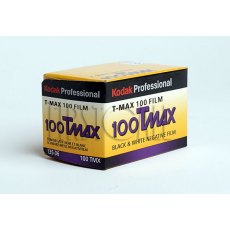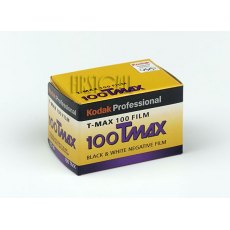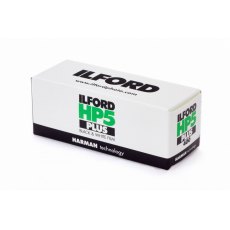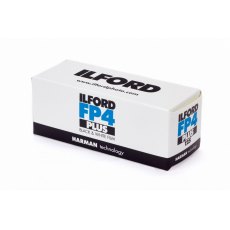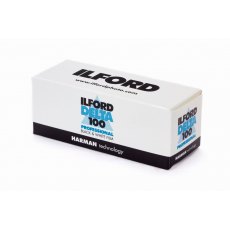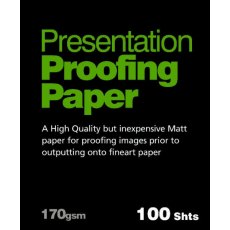Product Description
If you own a large format camera, you can expose photographic printing paper in the camera, and once developed in the darkroom, this creates a paper negative.
The tones of the original scene are reversed in the negative. Bright things become dark on the paper, and dark things become light. You can then make contact prints from these paper negatives instead of enlargements. The process is called contact printing because you squeeze the negative face down in contact with the sheet of silver-gelatin printing paper (between two sheets of glass) and shine a bright light through it to print the image into the paper. The print is exactly the same size as the negative. This same principle can be achieved by printing the paper negative onto an inkjet printer and ready immediately for transfer to the darkroom for contact printing.
This is like darkroom printing in an old-fashioned way, and now there's a special silver chloride paper from Adox called Lupex to achieve such enlargements in just 60 seconds.
The Grade 3 paper renders a neutral to warmtone finish on its 255gsm fibre base. It's also a slow-speed contact fibre paper made with a silver chloride emulsion (eight stops lower than Multigrade). It offers extremely fine grain and impressive results from its first-class resolution, just like your large format negatives.
We recommend using a 300w bulb situated about 4 feet above the exposure area. Exposure takes about 60 seconds. No enlarger is needed to obtain the print. Develop in Multigrade developer diluted 1+9.
It keeps for at least three years from the purchase date.
For technique tuition, we recommend the series from Tim Bowman on YouTube to inspire you.
Returns
All returns for purchased items are covered in our Customer Service section below under the sub-headings of Cancellation, Replacement and Terms and Conditions. Our returns policy is fully compliant with UK Online and Consumer Contracts Regulations (updated February 2020).Delivery
Most orders incur a total order delivery charge of £7.99 including VAT for mainland UK delivery. All goods are shipped by courier services. The companies we use are DPD or DHL and parcels are delivered in 48 hours or sooner from date of despatch. Exceptions to this, including lower delivery charges, can be found in the Information section for Delivery at the bottom this page.Collect in Store
This item is available for collection.



 In stock
In stock
